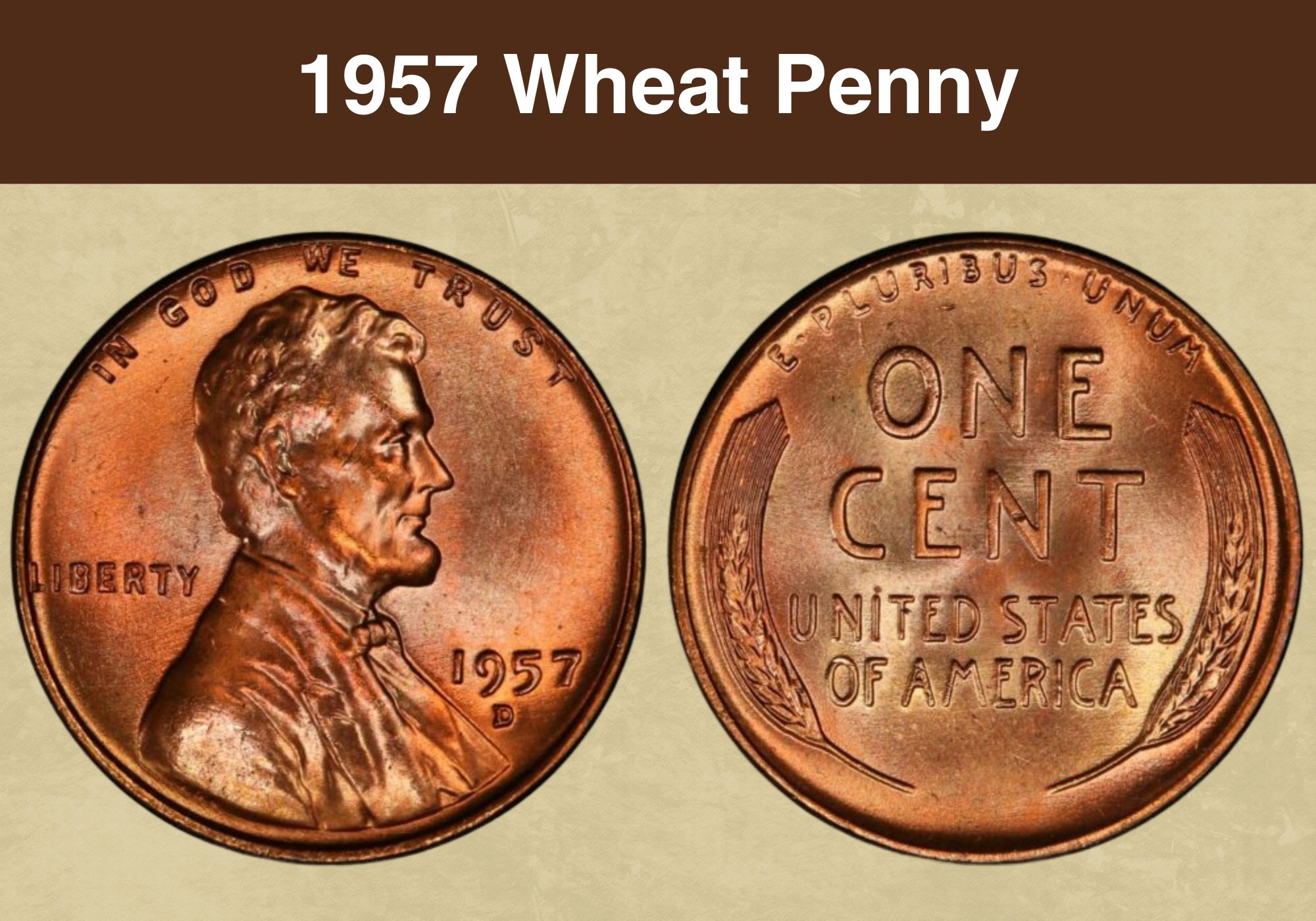
Coin Value Contents Table
- 1957 Wheat Penny Value Chart
- The History of the 1957 Wheat Penny
- The Features of the 1957 Wheat Penny
- 1957 Wheat Penny Grading
- 1957 Wheat Penny Value Guides
- 1957 No-Mint Mark Wheat Penny Value
- 1957-D Wheat Penny Value
- 1957 Proof Wheat Penny Value
- Rare 1957 Wheat Penny Errors List
- Where to Sell Your 1957 wheat penny ?
- FAQ
Are you the lucky owner of a 1957 wheat penny and are curious about its value?
Have you discovered an old wheat penny dated 1957 and wondered how much it is worth?
You’ve come to the right place!
We wrote this article to demystify the 1957 wheat penny value, the second last year date in the wheat penny series.
The upside is that wheat pennies are collectible, especially because they feature Abraham Lincoln, one of our country’s most iconic and popular presidents.
However, these coins are mostly valuable in uncirculated condition. Some with interesting errors can be worth hundreds or thousands of dollars.
Follow along as we answer the question: How much is a 1957 wheat penny worth?
We’ll briefly cover the coin’s history, unique features, errors worth money, tips on grading your wheat penny, and, of course, find out how much you can get for your old 1957 Lincoln penny.
Let’s get started!
1957 Wheat Penny Value Chart |
||||
| Mint Mark | Good | Fine | Extremely Fine | Uncirculated |
| 1957 No-Mint Mark Wheat Penny Value | $0.05 | $0.05 | $0.10 | $12.50 |
| 1957-D Wheat Penny Value | $0.05 | $0.05 | $0.10 | $34 |
| 1957 Proof Wheat Penny Value | – | – | – | $35 |
The History of the 1957 Wheat Penny
The wheat penny belongs to the Lincoln cent series, first struck in 1909 as part of the centennial celebration of Abraham Lincoln’s birthday.
The Lincoln cents were designed by the sculptor Victor David Brenner and feature Lincoln’s portrait on the obverse and two wheat ears on the reverse, thus the name Wheat Penny. This became the first widely circulated coin featuring a president’s portrait.
President Theodore Roosevelt was keen on redesigning American coins. At his instructions, the United States Mint hired sculptor Augustus Saint-Gaudens to design the four gold coins of the Indian head cent.
Gaudens went to work and submitted new designs for the gold coins, but he passed away before submitting a design for the cent.
The Mint then engaged another sculptor, Victor David Brenner, who was tasked with redesigning the cent. This new coin would feature President Lincoln on the obverse and a simple wheat penny design on the reverse. Like Gaudens, Brenner was also Roosevelt’s recommendation.
The Mint approved Brenner’s design, and the Lincoln cent, aka the wheat penny, was circulated in August 1909 amidst great public interest.
As part of his design, Brenner included his initials, VDB, at the bottom of the coin on the reverse, but these were removed within days of the coin’s release due to public disapproval. The initials were restored in 1918, smaller, and placed on the obverse.
The wheat penny first comprised 95% copper but changed to a zinc-coated steel composition in 1943 to preserve copper as part of the war efforts. The original composition was restored the following year and lasted until 1982 despite high copper prices.
For Lincoln’s sesquicentennial birth anniversary in 1959, the Lincoln Memorial cent, designed by Frank Gasparro, replaced Brenner’s wheat penny. Since then, the Lincoln Cent has undergone several design changes but remains in circulation, making it one of the longest-circulating coins.
Also read: 12 Most Valuable Lincoln Penny Worth Money
The Features of the 1957 Wheat Penny
We’ll now look at the unique characteristics of the 1957 wheat penny. Familiarizing yourself with these features will help you identify 1957 wheat pennies worth money.
The Obverse of the 1957 Wheat Penny
The obverse of the 1957 shows the right-facing portrait of President Abraham Lincoln. His image occupies 95% of the coin.
At the top, you will see our country’s motto: IN GOD WE TRUST. The word LIBERTY appears on the left side behind Lincoln’s back while the year date, 1957, is on the right in front of the President’s portrait.
The Reverse of the 1957 Wheat Penny
On the reverse is a simple design showcasing two wheat ears, one on each side.
The motto E PLURIBUS UNUM is at the top of the coin along the inner rim.
The coin’s denomination, ONE CENT, appears prominently in the middle of the coin, followed immediately by the words UNITED STATES OF AMERICA.
The design of the 1957 wheat penny is as simple as that on the obverse and reverse.
Other Features of the 1957 Wheat Penny
Like others in the series, the 1957 wheat penny is a relatively small coin, measuring 19.00 millimeters and weighing 3.11 grams. It has a plain edge.
The coin’s metal composition comprises 95% copper and 5% tin and zinc.
The 1957 wheat penny was struck in Philadelphia and Denver. You will notice the mint mark D on the reverse of the coins struck in Denver, while those minted in Philadelphia do not have a mint mark.
Also read: 13 Most Valuable Wheat Penny Worth Money
1957 Wheat Penny Grading
As you can see, wheat pennies, including those struck in 1957, are not as profitable in circulated grades. It is best to focus on uncirculated wheat pennies in mint state. The above-average condition of these coins will usually attract a premium.
Check for complete, brilliant, original luster as the first sign of an uncirculated 1957 wheat penny. Assess the high points such as Lincoln’s top and side hair, beard, cheek, and shoulder; these areas are more prone to wear but should retain full luster in uncirculated condition.
On the reverse, pay attention to the wheat ears, which should demonstrate full detail from the tip to the bottom. The coin’s denomination, ONE CENT, imprinted at the center, is also another high point you should assess for signs of wear.
| # | Grade |
|---|---|
| 1 | Basal State-1 |
| 2 | Fair |
| 3 | Very Fair |
| 4, 5, 6 | Good |
| 7, 8, 10 | Very Good |
| 12, 15 | Fine |
| 20, 30 | Very Fine |
| 40 | Extremely Fine |
| 50 | About Uncirculated |
| 60 | Mint State |
| 65 | Mint State |
| 70 | Mint State |
Please check our grading guides to know your coin scale, It’s the necessary step to know the exact value of your coin.
Check out now: How to Grade Lincoln Wheat Penny?
1957 Wheat Penny Value Guides
So, now that we know the coin’s history and features, is the 1957 wheat penny worth any money?
This will depend on several factors, such as the coin’s condition, mint mark, rarity, and color. Wheat pennies are generally only worth their face value but can fetch more in uncirculated condition.
These coins are also valued by their color, i.e., red, red-brown, and brown, with red gems being the most desirable and brown circulated ones being the most affordable.
There are three varieties of the 1957 wheat penny whose value we will explore in detail. These are the:
- 1957 No-Mint Mark Wheat Penny
- 1957-D Wheat Penny
- 1957 Proof Wheat Penny
1957 No-Mint Mark Wheat Penny Value
The Philadelphia mint made about 282,540,000 wheat pennies in 1957. Per the Mint’s tradition, coins struck in Philly before the 1980s do not bear a mint mark, so you will not see one in your 1957 Lincoln penny.
The 1957 wheat penny’s high mintage means this coin is common in all grades, including full red gems. The high mintage also means you can acquire or sell this coin affordably, with circulated examples ranging from $0.05 to $0.35.
This coin is still very affordable even in mint state or uncirculated condition, with one graded MS63 fetching about $1.50 while a gem quality MS66 is valued at $12.50.
Full red Wheaties are slightly more valuable than their brown counterparts because the red ones are usually uncirculated and in excellent condition.
A red 1957 wheat penny graded MS60 is affordable and costs about $2.50. However, this price can increase to as high as $4300 for a gem-quality example graded MS67.
If you are lucky enough to come across a full red 1957 no-mint mark wheat penny, it might be worth a fortune. The same applies to potential buyers- you will likely need several thousand dollars to get your hands on a gem-quality 1957 wheat penny with no mint mark.
The most expensive 1957 no-mint mark wheat penny sold to date was a full red gem graded MS67. The coin fetched a whopping $20,400 at a 2022 Heritage Auctions sale.
1957-D Wheat Penny Value
With over 1 billion coins struck, the Denver mint recorded the highest mintage of wheat pennies in 1957. Such a high mintage means that these coins are common even in gem condition grade MS66.
Brown 1957-D wheat pennies in circulated condition will fetch about $0.05 and $0.35. Uncirculated examples are equally affordable, bringing as much as $1 for an MS62 and $34 for an MS67.
Full red gems are rare but more valuable. A red 1957 wheat penny graded MS67 will fetch about $375.
The highest recorded sale of such a coin happened at a Stack’s Bowers auction in 2019, where a full red 1957 wheat penny graded MS69 was sold for $6,600.
1957 Proof Wheat Penny Value
In addition to the regular strike coins, the Philadelphia mint also struck proof wheat pennies for collectors.
About 1,247,952 proof coins were struck that year, quite a high mintage that resulted in a large population of fully red gems at an affordable price. Similarly, cameo examples are common, but the ultra-cameo population dwindles drastically.
It is also not worthy that while proofs are struck using special presses to produce brilliant coins with attractive contrasts and frosting, the 1957 proof wheat pennies lacked that typical brilliance of proofs.
As mentioned, you can acquire 1957 proof coins quite affordably with fully red specimen graded MS60 to PF62, fetching between $5 and $10.
The price increases as you go up the scale, with cameo pieces ranging from $12.50 to $20, while ultra-cameo examples fetch as much as $35.
Heritage Auctions sold a 1957 wheat penny-proof graded PF67 for an impressive $2,990 in 2006, the most expensive 1957 proof wheat penny to date.
Also read: 17 Most Valuable Indian Head Penny Worth Money
Rare 1957 Wheat Penny Errors List
While the United States Mint considers minting errors undesirable, collectors, hobbyists, and numismatic professionals are fascinated by odd-looking coins, even those with small variations.
Errors can increase a coin’s value, sometimes by hundreds or thousands of dollars!
Let’s check out a few 1957 wheat penny errors worth money.
1957 Triple Re-Punched Mint Mark Wheat Penny Error
The triple re-punched mint mark error is common among 1957 wheat pennies struck in Denver.
This error occurs when the mint mark is punched into the striking die at slightly different angles, doubling or tripling the mint mark in an overlapping style.
Check the mint mark D carefully; two Ds overlap and the third D is filled in inside the other two.
Such an error showed up at auction and was snapped for $1,000.
1957 Wheat Penny On A Dime Planchet Error
This error is unique and rare but very fascinating to collectors.
As the name implies, the 1957 penny design was imprinted on a dime planchet instead of the planchet meant for pennies.
Since a dime planchet is smaller than a penny, some of the 1957 wheat penny designs were missing on the incorrect dime planchet on which the Lincoln wheat penny was struck.
This error can fetch at least $1,000, depending on the coin’s condition.
1957 Clipped Off-Center Wheat Penny Error
This is yet another interesting error in the 1957 Wheat Penny series.
The clipped off-center error is a combination of two errors. First, a portion of the planchet broke, and secondly, the design details were struck away from the coin’s center, leading to some of the details being cut out or missing.
In 1957 wheat pennies with this error, the design is struck about 15% off center, and a quarter of the coin was clipped. Collectors will pay as much as $250 for a 1957 clipped off-center wheat penny error.
Also read: 11 Most Valuable Wheat Penny Errors
Where to Sell Your 1957 wheat penny ?
Now that you know the value of your coins, do you know where to sell those coins online easily? Don’t worry, I’ve compiled a list of these sites, including their introduction, pros, and cons.
Check out now: Best Places To Sell Coins Online (Pros & Cons)
FAQ
How much is a 1957 wheat penny worth today?
A 1957 wheat penny in circulated condition is worth between $0.05 and $0.35. Red gems are rare but significantly more valuable, with examples fetching hundreds or thousands of dollars. Most of the wheat pennies dated 1957 in the market today are circulated, so don’t expect to make a fortune with these old, high-mintage coins.
What makes a 1957 D wheat penny valuable?
A circulated 1957 D wheat penny is not as profitable, with examples between $0.05 and $0.35. That said, a fully red gem-quality 1957-D wheat penny can be very valuable, fetching thousands of dollars. If your wheat penny has a known error, its price can also increase, depending on the coin’s condition.
How do I know if my 1957 wheat penny is worth money?
If you come across a shiny, fully red wheat penny that looks as good as new, it might be worth good money. Having a professional coin grading service check out your coin to determine authenticity and estimated value is advisable. You will also learn what to look for when grading your coins.

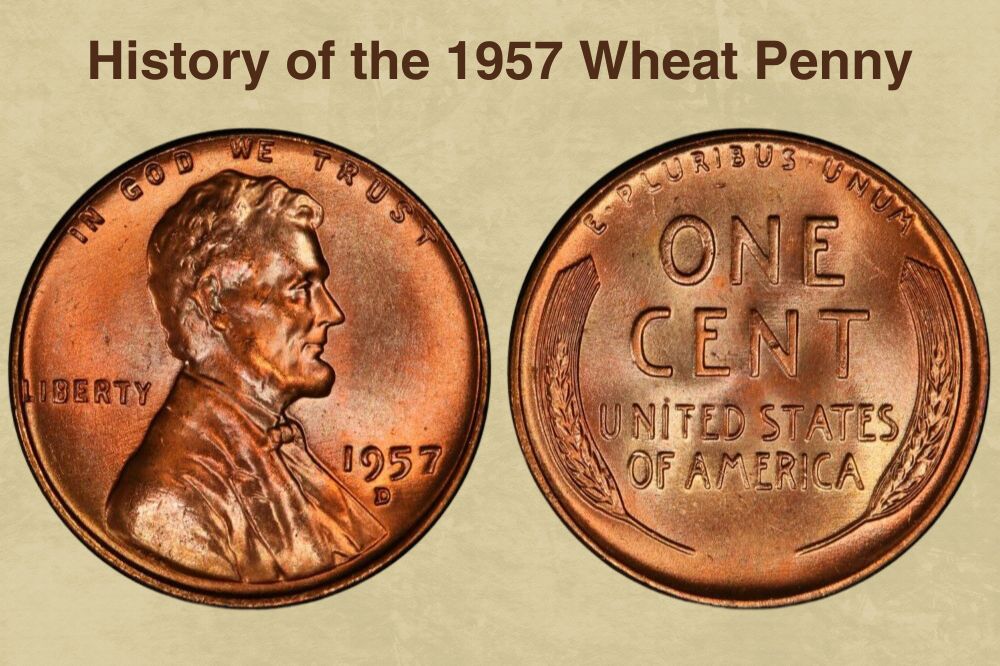
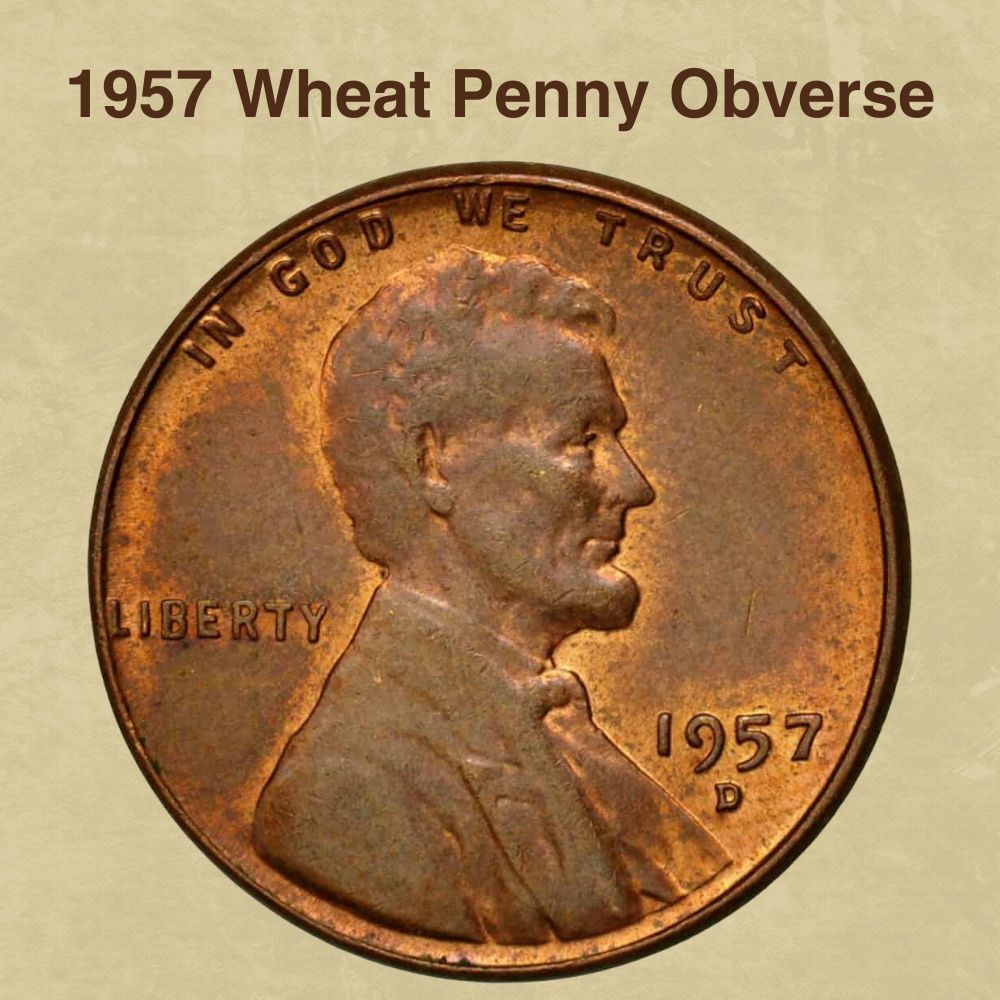
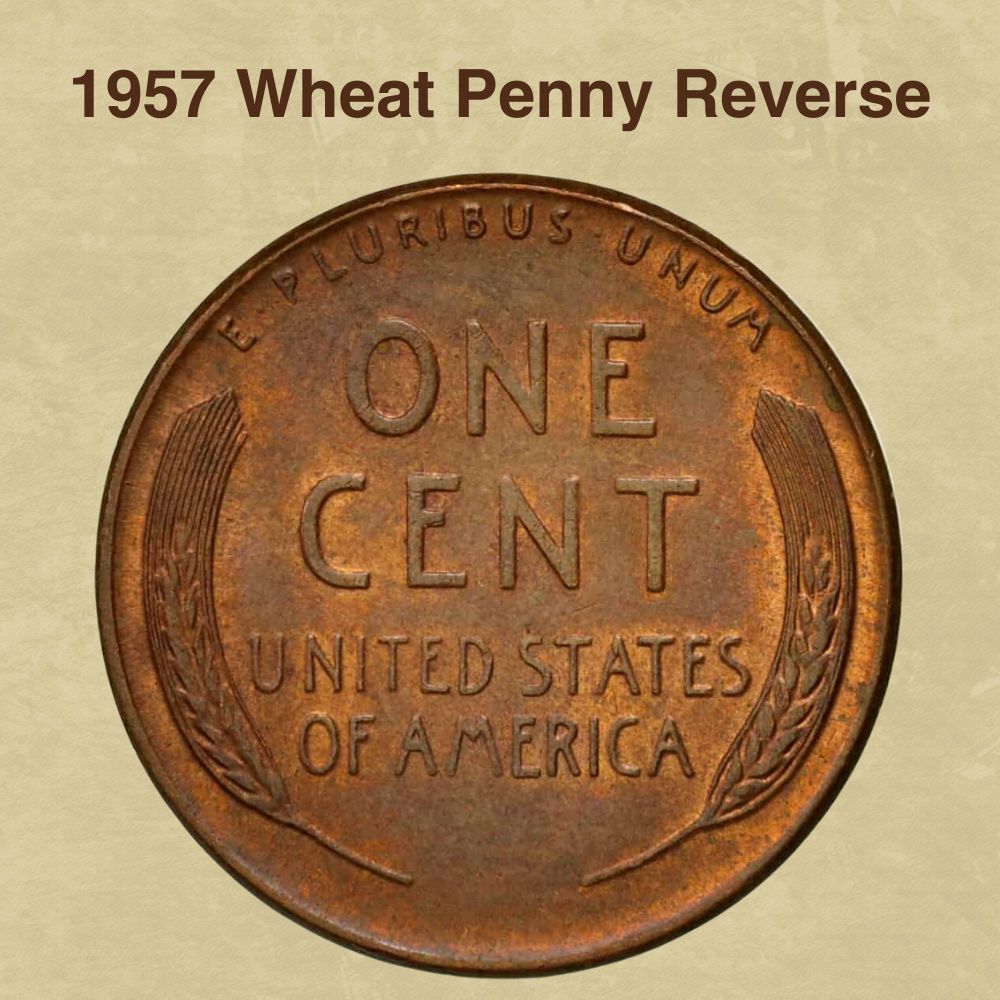
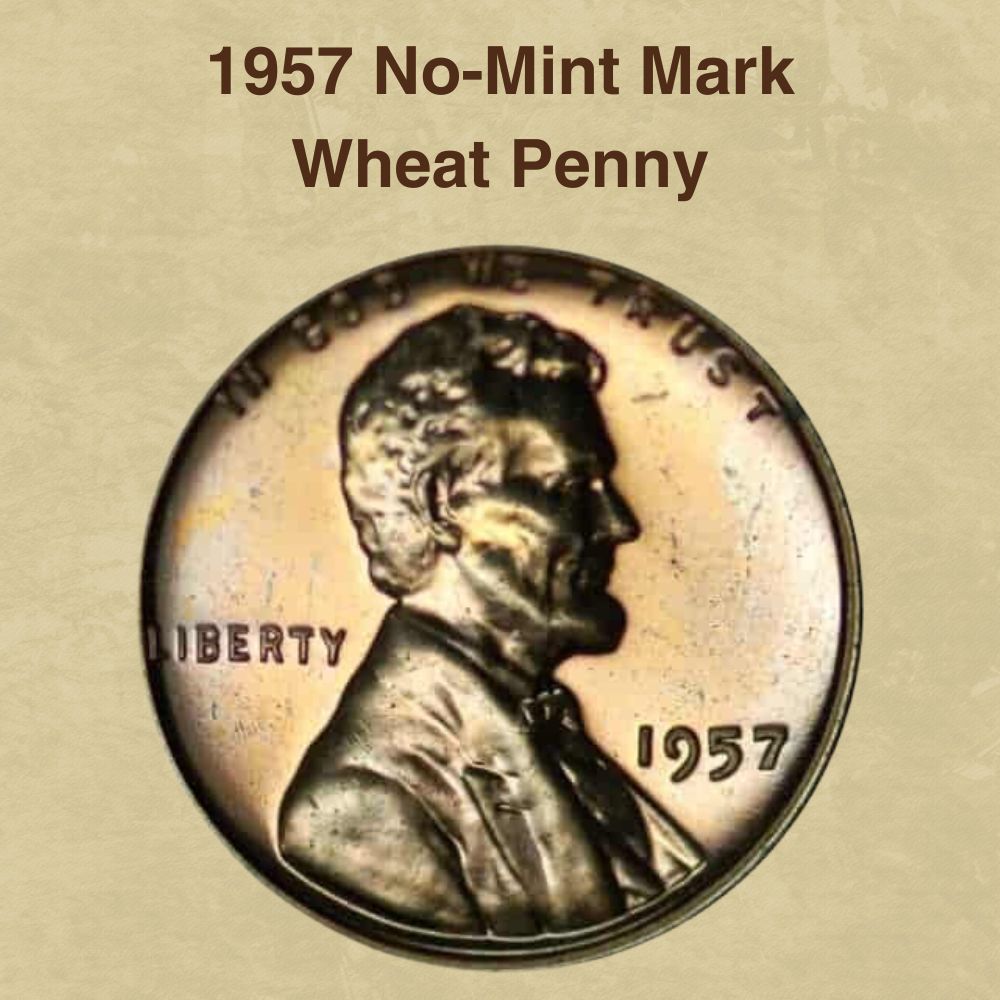
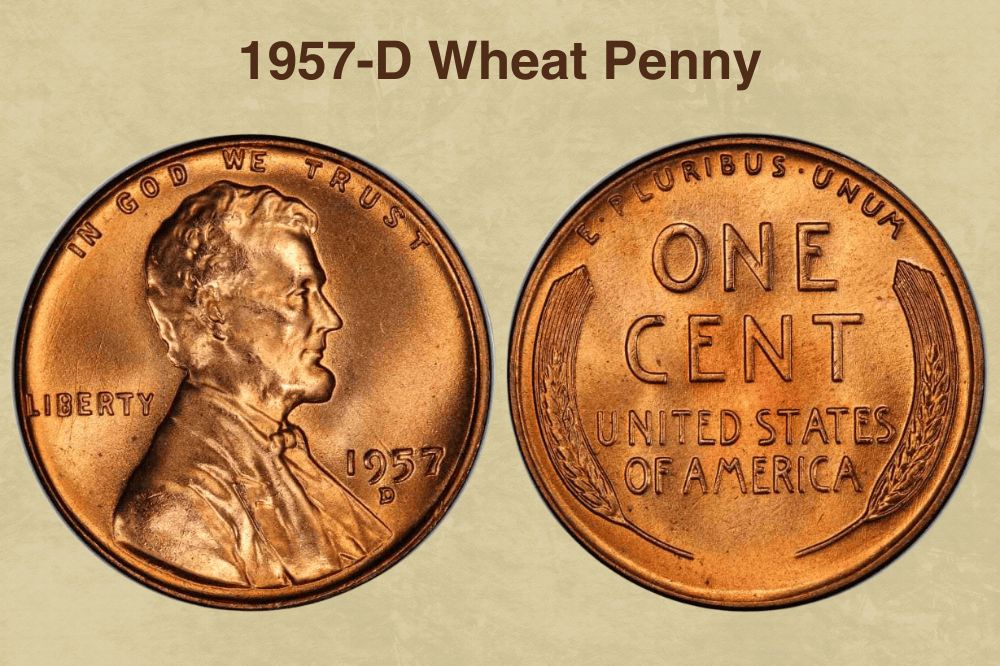
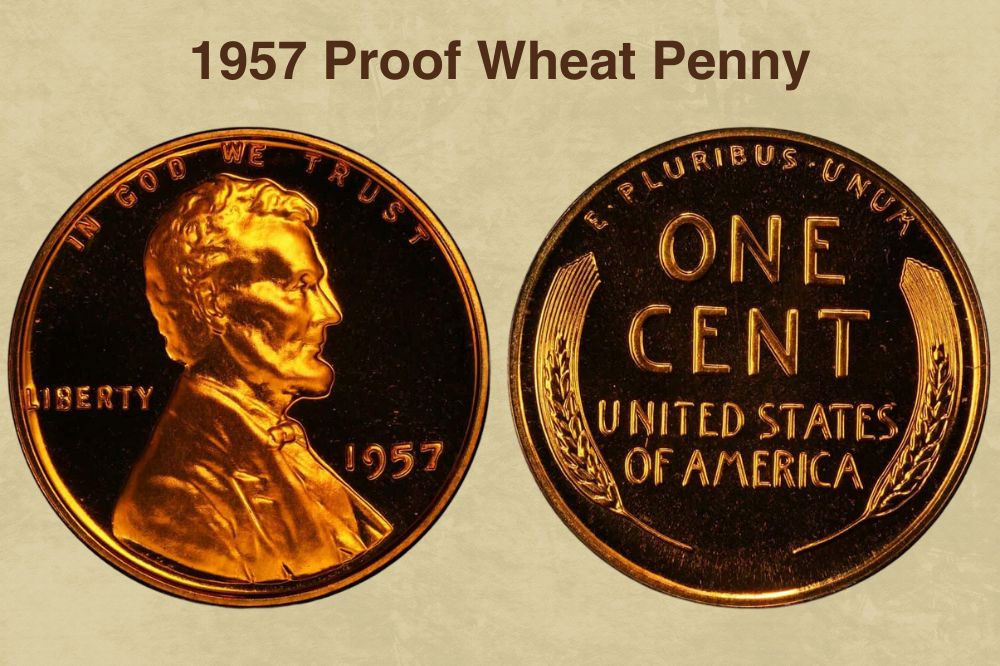
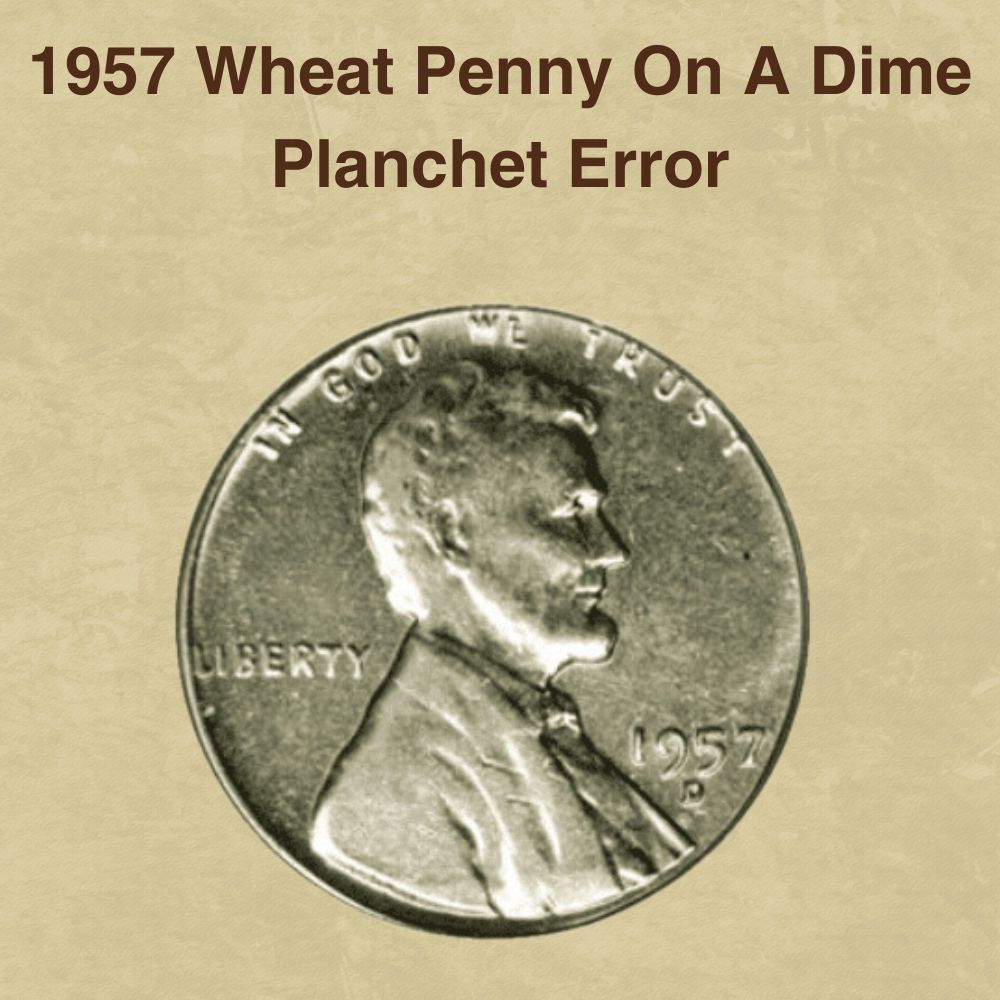
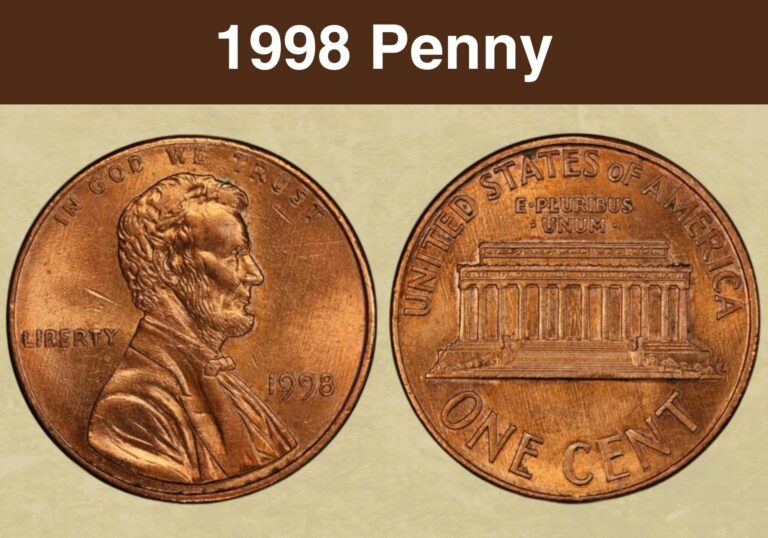
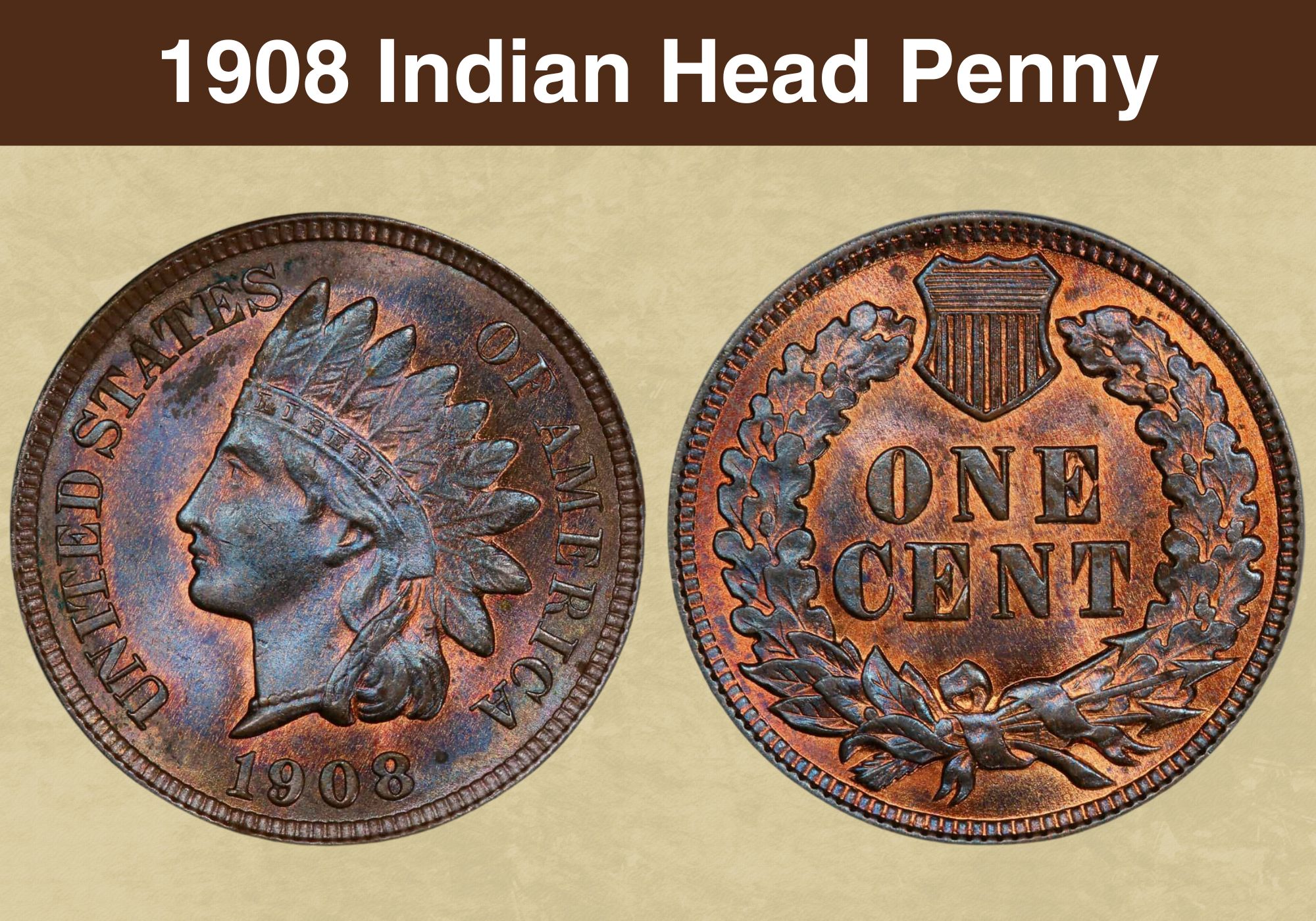
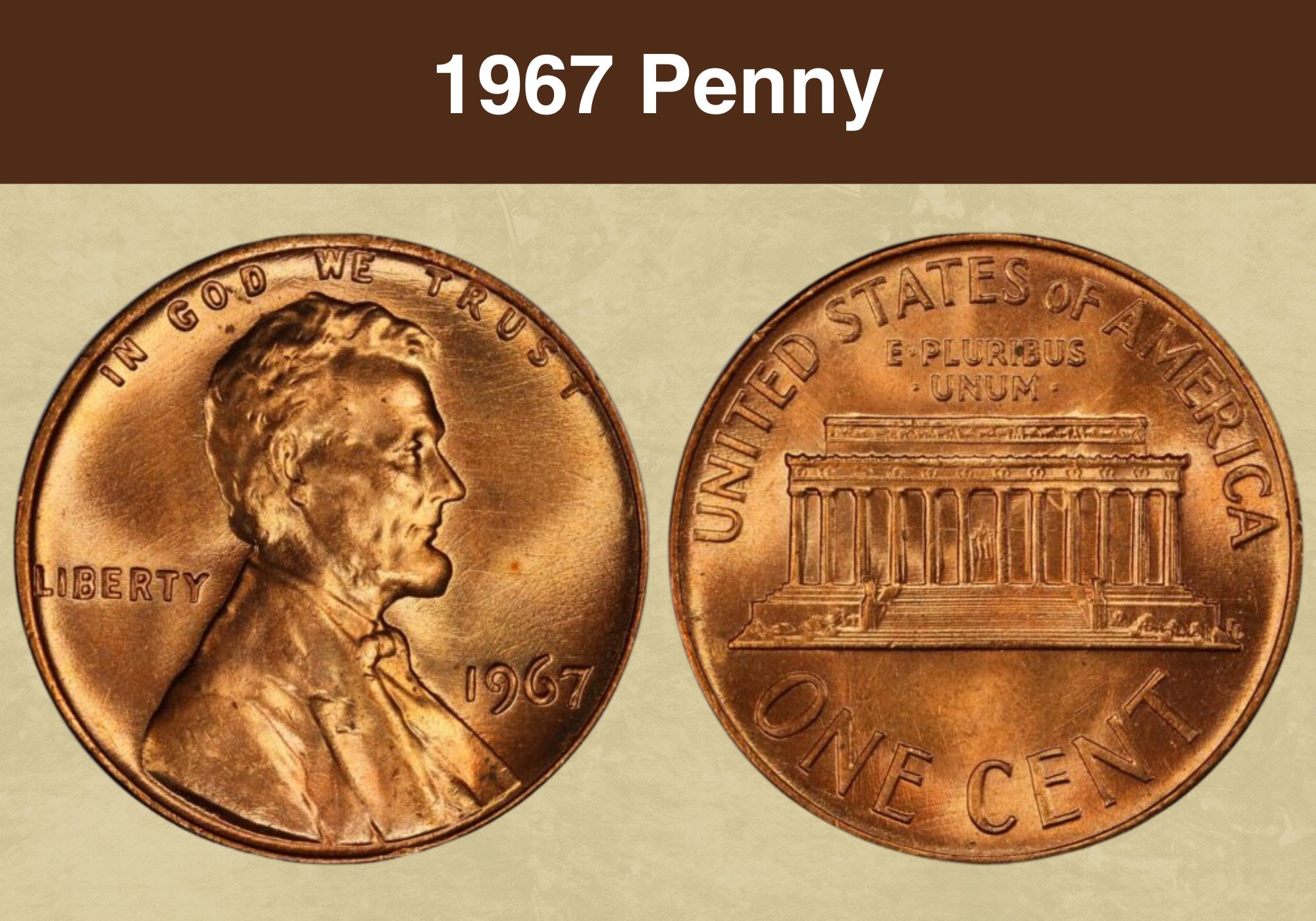
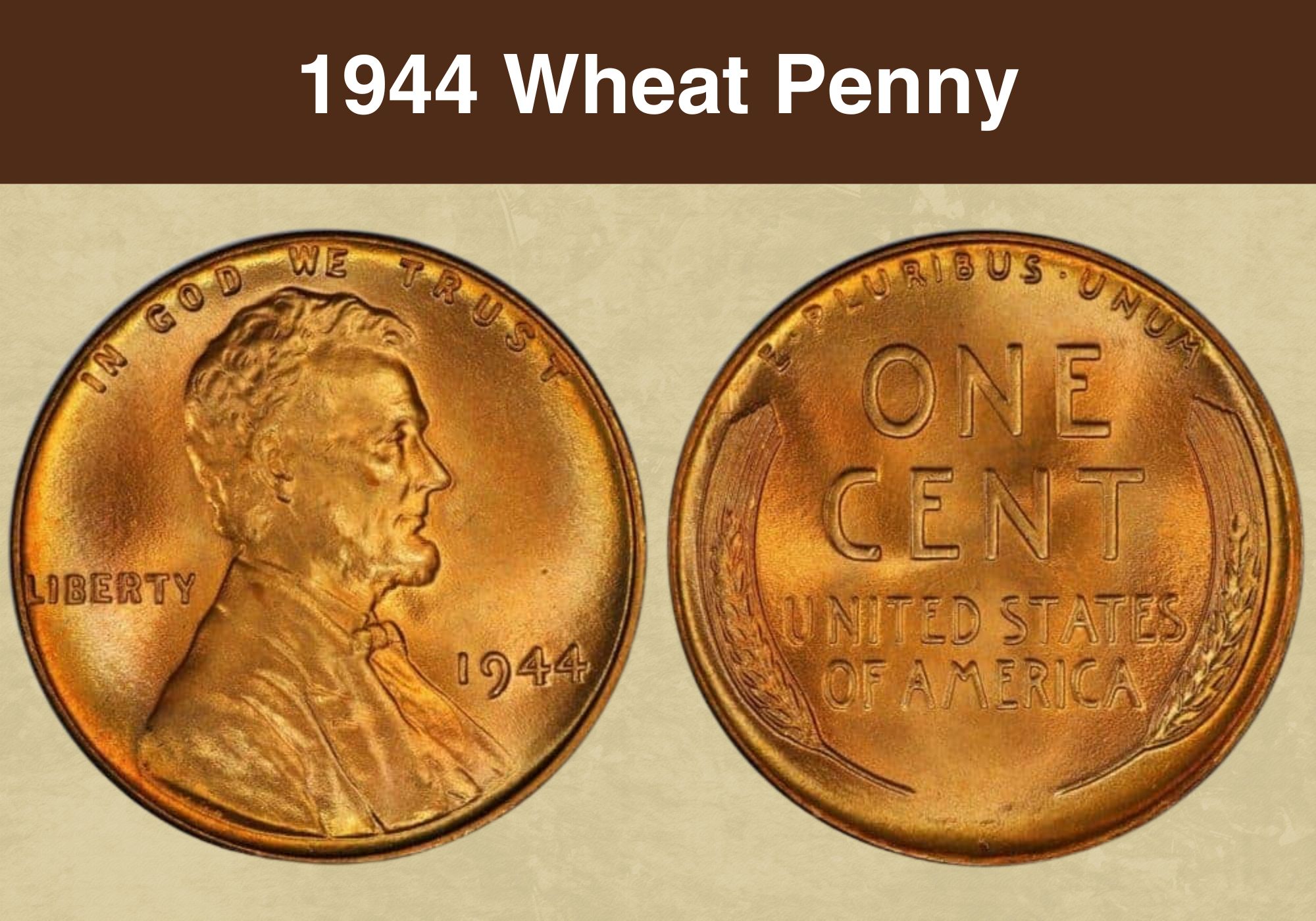
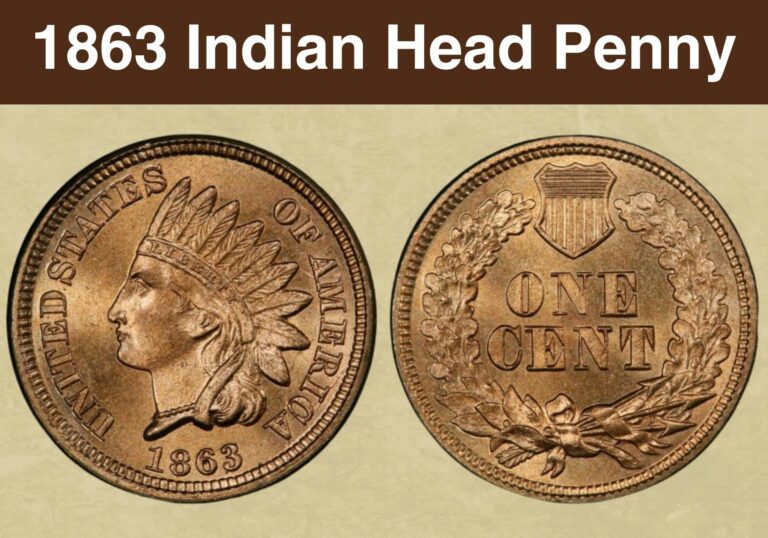
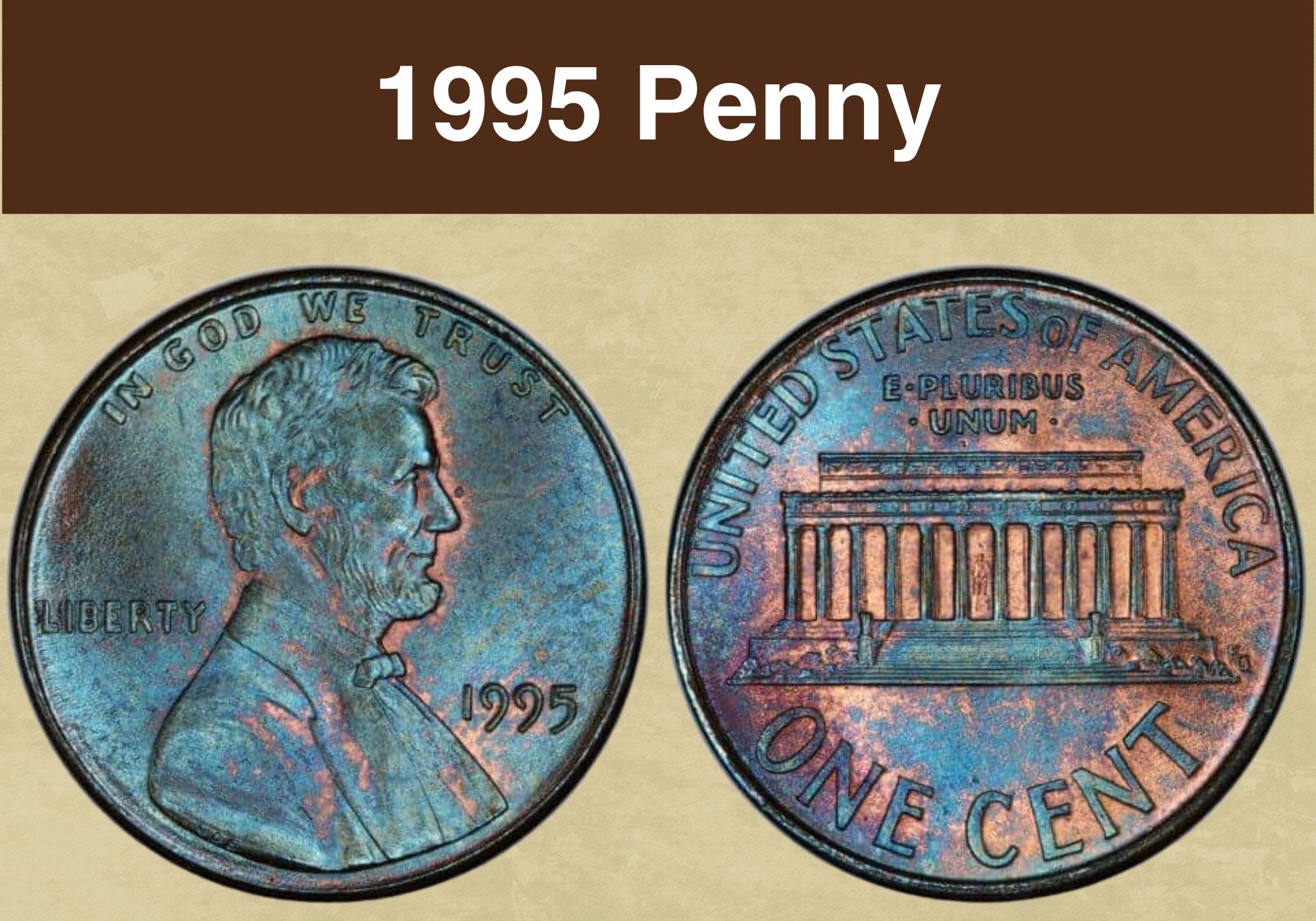
So I have a question…these coins are given said value. I’ve noticed that no matter what value a coin has been given that doesn’t mean you can sell it for that amount, or you may not even be able to sell it at all . So it appears that coins have “moments” where people are buying, like a trend thing. So how do you know what coins will be trendy. What dictates this. What coins will people be actively buying this year?